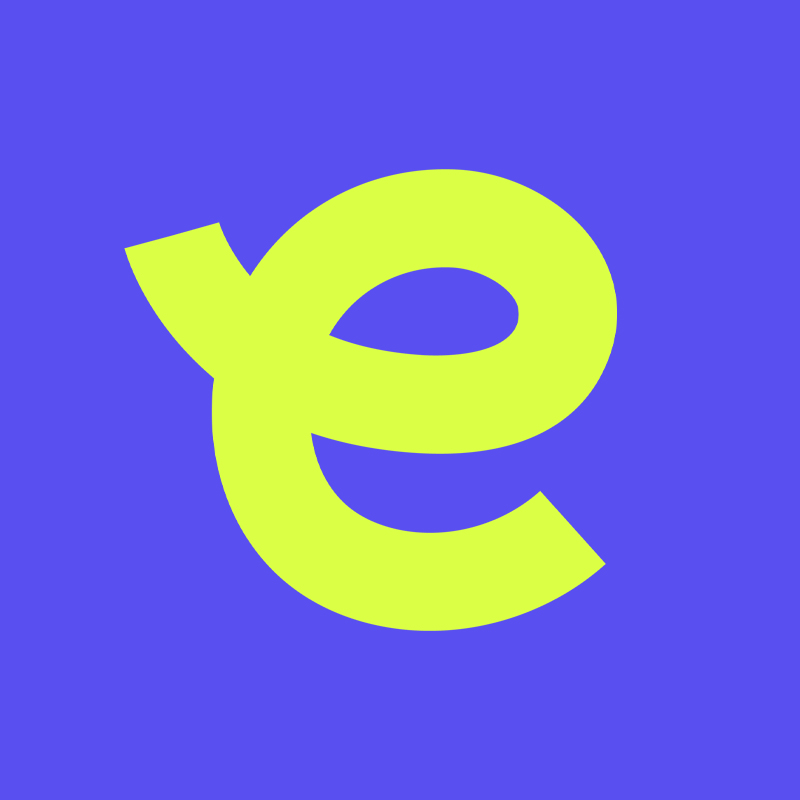How To Get Your RESP Money?
You’ve spent years contributing to your child’s Registered Education Savings Plan (RESP), watching those savings grow—and now, the moment you’ve been planning for is finally here. Your child has graduated from high school and has decided to pursue post-secondary education. That means it’s time to withdraw money from your child’s RESP funds to help pay for tuition, books, and everything else that comes with the next chapter.
But before you start making withdrawals, it’s important to understand how withdrawals work. Some people might find RESP withdrawal rules to be a bit tricky, and that’s why we have put together this easy-to-follow guide to walk you through everything you need to know. From the different types of RESP withdrawals to how to request a withdrawal, we’ve got you covered.
Different Types of RESP Withdrawals
When it’s time to start taking money out of an RESP, it’s important to know that not all withdrawals are treated the same. There are a few different types, and each has its own rules, tax treatment, and purpose. Let’s break them down:
Educational Assistance Payments (EAPs)
The amounts paid out of the RESP that include government grants, like the Canada Education Savings Grant (CESG) and the Canada Learning Bond (CLB), and any investment income earned in the plan are called educational assistance payments (EAPs). These funds are meant to help cover your child’s education-related costs—like tuition, books, housing, and even transportation.
EAPs are considered taxable income. However, since the student is the one receiving the EAPs, they are taxed in their name. This is a good thing because most students have little to no income, so the tax owed is often very low—or nothing at all. You’ll just need to show proof of enrollment in an eligible post-secondary program to access EAPs.
Post-Secondary Education Payments (PSEs)
PSEs come from the money you, as the subscriber, contributed to the RESP. These contributions were made with after-tax dollars, so they can be withdrawn tax-free.
You can take out PSEs at any time once your child is enrolled in a qualifying program, and they can go directly to either you or your child. There’s no tax impact on these withdrawals since it’s just your original money coming back out.
Accumulated Income Payment (AIP)
If your child doesn’t end up attending a qualifying program—or if there’s money left in the RESP after they’ve finished—you might choose to withdraw the remaining funds. This can trigger what’s known as an Accumulated Income Payment (AIP), which includes the investment income.
It’s important to note that AIPs are taxed in your name and come with an extra 20% penalty tax, plus additional withholding taxes based on the amount being withdrawn, unless you transfer the funds to your Registered Retirement Savings Plan (RRSP). There is a limit of $50,000 that you can transfer to an RRSP, and any grants would have to be returned. In addition, the RESP must have been open for at least 10 years and the beneficiary should not be pursuing further education.
If you are thinking about taking out the earnings from an RESP—meaning the money that’s grown over time through interest or investments—there are a few conditions to meet:
- The RESP must have been open for at least 10 years
- All beneficiaries must be 21 or older, not enrolled in post-secondary education
RESP Closure Withdrawals
If the RESP is eventually closed without being used for education, the original contributions go back to the subscriber tax-free, but the government grants must be returned. Any remaining income is treated as an AIP, and the tax rules mentioned above apply.
Eligibility Requirements for RESP Withdrawals
Before you can start tapping into your RESP savings, there are a few eligibility requirements to check off—especially if you want to access government grants and investment earnings through Educational Assistance Payments (EAPs). Here’s what you need to know.
Your Child Must Be Enrolled in a Qualifying Educational Program
A qualifying program must be at least three consecutive weeks in duration with a minimum of 10 hours per week of instruction or work (like in a co-op or apprenticeship).
The program can be at a wide range of educational institutions, such as:
- Universities and colleges
- CEGEPs in Quebec
- Trade schools and technical institutes
- Some programs abroad (as long as they meet the eligibility criteria)
Whether it’s a four-year degree, a one-year certificate, or an apprenticeship, it may qualify—as long as it’s recognized by the Canadian government.
You’ll Need Proof of Enrollment
Again, to withdraw RESP funds, your child must first be enrolled in a qualifying post-secondary education program. This is the key requirement for accessing both EAPs and PSE withdrawals.
To start withdrawals, your RESP provider will ask for proof of enrollment, called a VOE or verification of enrollment form. For EAPs, the student must be the one receiving the funds, and you’ll likely need to confirm the amount requested and how it’s being used.
For PSEs, since you are withdrawing your own contributions, the process is often simpler and more flexible—though proof of enrollment is still required.
Time Limits for Withdrawals
It’s also important to mention that there’s a time window for using RESP funds. An RESP can stay open for up to 35 years, giving your child plenty of time to start their education. If they don’t begin right away after high school, no problem—there’s still time to make use of the funds.
However, if your child never enrolls in a qualifying program, you’ll have to return any unused government grants and pay tax (plus a penalty) on any investment income you withdraw.
Who Can Withdraw RESP Funds?
The RESP is managed by the subscriber—that’s the person who originally opened the plan. In most cases, this is a parent or guardian. Because the subscriber is the official account holder, only they have the authority to request PSE and EAP withdrawals, which consist of their contributions and earnings once they have verified the beneficiaries enrollment. In contrast, the beneficiary of the RESP can only request EAPs, which consist of investment earning and government grants.
Even though the RESP is set up to benefit the child, the beneficiary doesn’t automatically get access to the money just because they’ve started school. The subscriber has to take the lead on making the request, deciding how much to withdraw, and completing the necessary paperwork.
This setup gives parents control over how and when the funds are used, helping ensure the money goes toward eligible education expenses.
Consolidate Your RESPs To Use Embark's Online Withdrawal Features
Step-by-Step Guide to Withdrawing RESP Funds
Ready to start using your RESP savings? Here’s a simple step-by-step guide to help you withdraw your RESP funds:
1. Contact Your RESP Provider
The first step is to reach out to the financial institution or organization where your RESP is held. They’ll walk you through their specific process for making a withdrawal and explain what forms and documentation you’ll need. Some providers allow you to make requests online, while others may require a phone call or an in-person visit.
2. Complete the Withdrawal Forms
Your provider will ask you to fill out a form that outlines how much you want to withdraw and whether the funds should come from your contributions (PSE) or from grants and investment earnings (EAP). If you’re doing a mix of both, you’ll need to specify the amounts for each.
3. Submit Proof of Enrollment
To access RESP funds—especially EAPs—you’ll need to provide documentation confirming that your child is enrolled in a qualifying post-secondary program. A verification of enrollment (VOE) letter will always be required. Additional information needed could include:
- A course schedule or class timetable
- A tuition invoice or payment receipt
Be sure to check exactly what your provider requires to avoid delays.
4. Ask About the Payment Schedule
Once everything is submitted and approved, your provider will process the withdrawal. Payments can often be made directly to your child’s bank account. Timelines can vary, so ask your provider how long it typically takes to receive the funds and be sure to leave enough time to make the payment deadlines of the educational institution.
Final Thoughts
Withdrawing from an RESP is an exciting milestone—it means your child is stepping into the next chapter of their education journey, and your careful planning is paying off. But with different types of withdrawals, rules around eligibility, and tax implications, it’s important to understand how the process works to make the most of your savings.
Whether you’re accessing government grants through EAPs, taking out your original contributions as PSEs, or exploring the next steps if your child doesn’t pursue post-secondary education, having a clear plan makes all the difference.
At Embark, we’re here to help you every step of the way. From setting up your RESP to managing withdrawals, we offer expert advice, smart tools, and ongoing support so you can feel confident that your child’s education savings are in good hands. If you’re close to the withdrawal phase of your RESP, you can transfer your balance to Embark for a 2% bonus and access our digital tools and virtual withdrawal process.
Get Started with Embark Today!

Embark is Canada’s education savings and planning company. The organization aims to help families and students along their post-secondary journeys, giving them innovative tools and advice to take hold of their bright futures and succeed.



